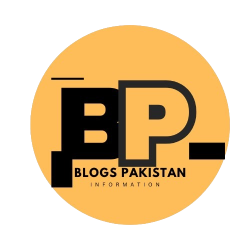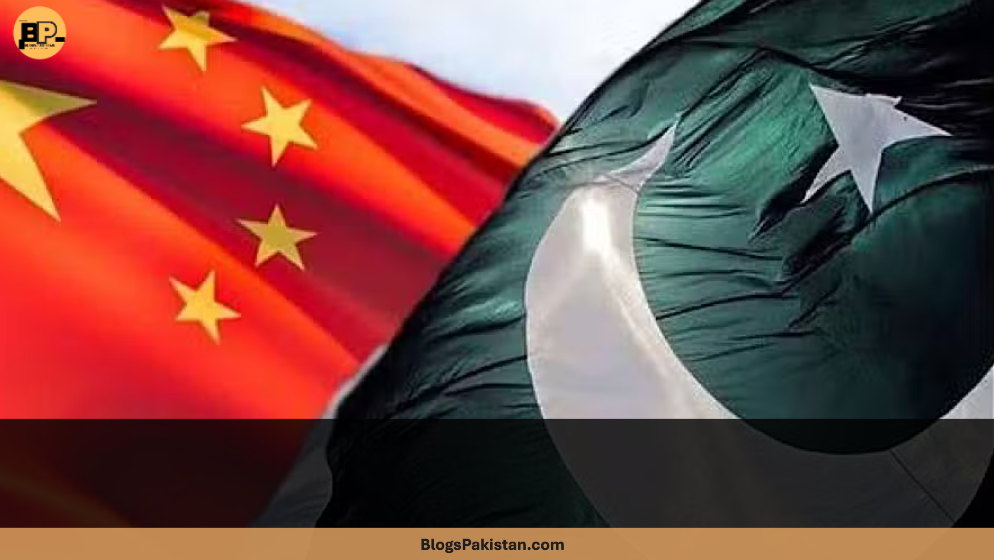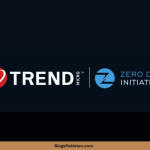When it comes to economic adventures, few places have generated as much intrigue as Gwadar. This once-sleepy coastal outpost in Balochistan is now a front page regular thanks to the China-Pakistan Economic Corridor (CPEC) and its promise of transforming regional trade. But what’s the latest scoop? Pakistan has just rolled out a game-changing incentive for Chinese companies in the Gwadar Free Zone, and the business world (especially across Pakistan and India) is buzzing. Let’s peel back the layers—and have a little fun while we’re at it.
Why Gwadar Always Makes Headlines
Gwadar isn’t just about deep waters and big ships—it’s a symbol of Pakistan’s efforts to become an economic hotspot. With the CPEC dream in full swing, Gwadar Free Zone serves as the launching pad for cross-continental trade, shiny new infrastructure, and, let’s be real, a healthy dose of political chess.
But incentives? Now we’re talking!
The Big Announcement: Dollars in the Bank—Literally
Here’s what’s got everyone from Karachi to Beijing talking: Chinese companies operating in the Gwadar Free Zone can now keep 50% of their export earnings in special foreign currency accounts right here in Pakistan. No need to rush it all abroad or convert it into rupees (and worry about nose-diving exchange rates). These dollars can be used for current account payments overseas—without begging the State Bank of Pakistan (SBP) for permission first.
In plain English: Chinese investors in Gwadar can finally breathe easier (and spend easier), knowing half their hard-earned export cash is readily available in dollars, euros, or whatever currency floats their cargo.
Hold On—Is It Really That Simple?
Well, not quite. The SBP has made it clear that long-term, watertight facilitation isn’t just a matter of sending a memo. There’s paperwork and policy wrangling involved. Specifically, tweaking the Gwadar Port Authority Act to match the export-friendly rules of Export Processing Zones, and waiving some parts of the vintage 1947 Foreign Exchange Regulation Act (you know, the one your grandfather used to grumble about).
Spoiler alert: Changing laws always takes more time than changing a lightbulb.
The Political Backdrop: Timing Is Everything
This new move isn’t happening in a vacuum. Prime Minister Shehbaz Sharif is set for a high-profile visit to China for the Shanghai Cooperation Organisation summit in August. A parade of ministers—Ahsan Iqbal (Planning), Jam Kamal Khan (Commerce), and Haroon Akhtar (SAPM)—have been hard at work, brainstorming ways to keep Chinese investors happy and keep the CPEC engine humming.
And just to make sure they’ve got the right recipe, Pakistan’s ambassador to China, Khalil Hashmi, was consulted for his two cents. He even pitched a big business conference in Tianjin for September. But, plot twist! Some officials shot down the idea, pointing out that the last “investment extravaganza” led to over 150 signed MoUs but practically zero real deals. In other words, lots of signatures, not a lot of factories.
Gwadar’s Challenges: The Devil’s in the Details
Gwadar’s potential is immense—but so are its headaches. Let’s break down the roadblocks that have been keeping investors (and government officials) up at night:
1. Inconsistent Policies
Nothing spooks an investor faster than a policy that changes more often than the Karachi weather. For lasting confidence, investors crave predictability—and so far, that’s been in short supply.
2. Profit Repatriation Delays
Imagine investing millions, making a tidy profit, and then waiting (and waiting) for approval to send some of it home. Not exactly a recipe for investor happiness.
3. Exchange Rate Instability
Exchange rates in Pakistan have been known to swing wildly. For global investors, that’s a nightmare—they want to know their dollars won’t turn into confetti overnight.
4. Security Concerns
Gwadar’s strategic location is both a blessing and a curse. Security concerns—real or perceived—have made some investors think twice before committing.
Turning Talk Into Action: A Sector-Specific Approach
To attract more than just polite applause, Pakistan is crafting a sector-specific pitch book (think: the ultimate investment brochure). Here’s what’s on the VIP list:
- Chemicals
- Steel and Copper
- Electric Vehicles (EVs)
- Solar Panels
- ICT (Information and Communication Technology)
- Food Processing
Basically, if your business can shine in the 21st century, Pakistan wants your investment.
Getting the Wires Connected—Literally
Infrastructure issues have also been high on the agenda. The government has asked the Energy Ministry to arrange a temporary electricity connection from the Pakistan Navy for Gwadar’s desalination plant. Meanwhile, the Power Division is under orders to speed up grid connections for the Rashakai Special Economic Zone. Because let’s face it, no investor wants to sign a million-dollar deal only to find the lights don’t work.
So, What Does This Mean for Pakistan and India?
For Pakistan, this policy is a signal flare—shouting to the world (and especially to China): “We want your business, and we’re willing to make life easier for you!” For India, it’s a story worth watching closely. As regional competitors (and sometimes collaborators), India’s own port and economic zone strategies may well evolve in response.
The Bottom Line: Will Gwadar Finally Deliver?
This new foreign currency retention policy is a bold step, but it’s not the magic bullet. Real, sustained investment requires more—stable rules, reliable infrastructure, and trust that the dollars (or yuan, or euros) will be safe and accessible.
Still, if Pakistan can get the formula right, Gwadar could transform from headline-hogging “future hub” to the actual beating heart of South Asian trade. And if not? Well, there’s always next year’s summit—and another round of pitch books.










